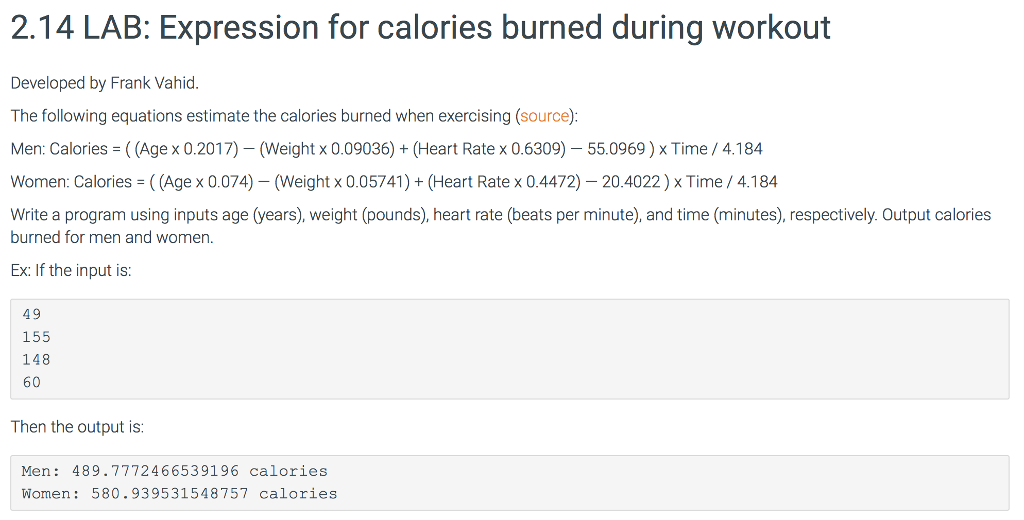

There are a few different definitions of MET. Oxygen consumption is measured in MET (metabolic equivalent of a task). Furthermore, unlike heart rate, which varies significantly depending on a variety of factors, the amount of oxygen a person needs to consume is closely related to their body mass, which makes it possible to create a standard for oxygen consumption for specific exercises based on body mass. Thus, oxygen consumption during exercise, as compared to oxygen consumption at rest, provides us with a good representation of the metabolic requirements of a given exercise. Oxygen consumption and the intensity of exercise have a linear relationship as exercise intensity increases, oxygen consumption increases. This is because a person who is more fit will have a lower heart rate than someone who is less fit when performing the same exercise, assuming that neither have any underlying conditions that would affect their heart rates.Ī more precise measure of intensity involves the measurement of a person's oxygen consumption during exercise. However, people have variable resting heart rates as well as maximum heart rates, so heart rate is not a precise measure of intensity.

Generally, the higher a person's heart rate while performing an exercise, the more intense the exercise. Heart rate provides an indication of how difficult it is for a person to complete an exercise. Exercise intensity is measured in a number of different ways, some of which are more precise than others.Įxercise intensity may be measured using heart rate. The more intense the exercise, the greater the number of calories burned. For example, a person who walks 1 mile in 1 hour will burn significantly fewer calories than someone who walks 5 miles in that hour.Įxercise intensity is another key factor that affects the number of calories burned. However, the relationship is not as simple as it is with body mass because the intensity of the exercise matters.

The longer a person performs an exercise, the more calories they will burn. Thus, a person who weighs 200 pounds will burn significantly more calories running 1 mile than someone who weighs 100 pounds, given that other conditions remain the same.ĭuration of exercise is another factor that affects calories burned. This is also true during exercise since the body has to do more work to provide energy to a larger person than it would to a smaller person. A person who is larger due to more muscle, fat, or height burns more calories. The MET of various tasks have been widely studied, and our calculator estimates calories burned based on data made available through these studies.Ī person's body mass affects how many calories they burn, even at rest. Most estimates (including the ones provided by our calculator) involve the use of three key factors: body mass, duration of the activity, and the metabolic equivalent of a task (MET). The number of calories a person burns by performing a given activity is dependent on many different factors. For more information about basal metabolic rate, refer to our BMR calculator. Generally, the number of calories consumed, less calories burned through activities and basal metabolic rate (calories consumed - calories burned - BMR) will determine whether a person maintains, loses, or gains weight theoretically, if the number is 0, the person will maintain their weight if the number is negative, they will lose weight if the number is positive, they will gain weight. The formula and methodology used by this calculator are described below in the "Calculating calories burned" section.įor more information on the number of calories a person should consume each day for weight maintenance, weight loss, or weight gain, refer to the Calorie calculator.

The results of this calculator (and any other) are based on standardized data that references an "average" person, so it is only an estimate. The number of calories that the body burns during regular daily activities or exercise is dependent on various factors, so it is not an exact science.


 0 kommentar(er)
0 kommentar(er)
